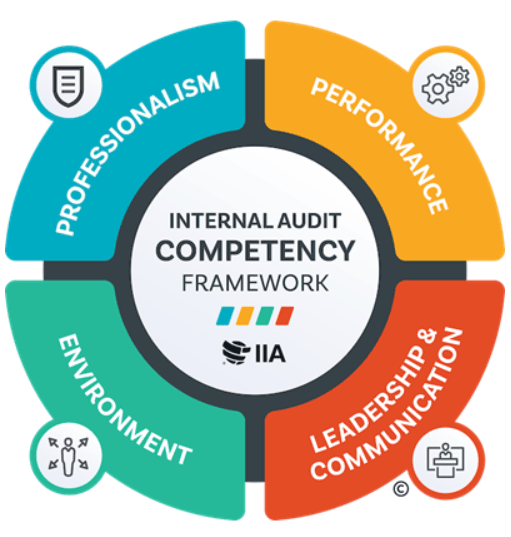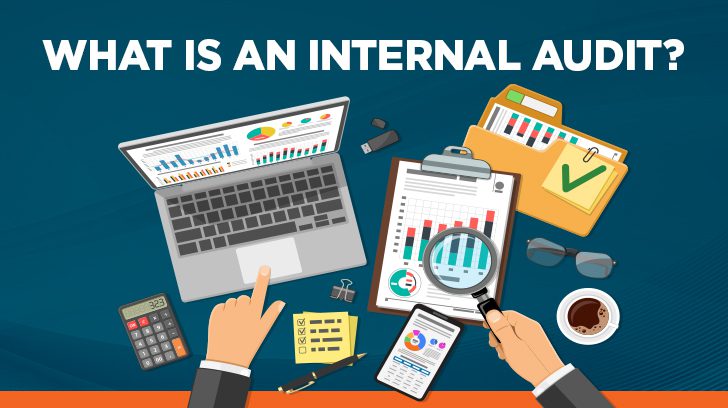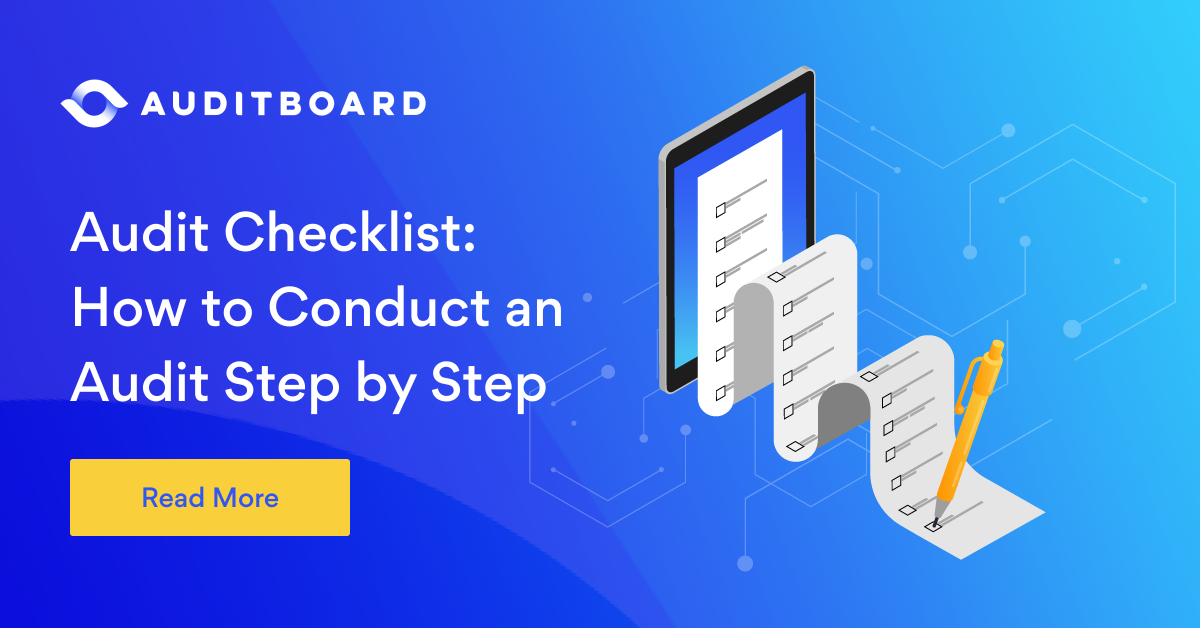How to Create an Internal Audit Checklist: A Comprehensive Guide
Introduction
An internal audit is a crucial process that helps organizations assess their internal controls, compliance with regulations, and overall effectiveness of operations. It involves reviewing various aspects of the organization, including financial records, policies and procedures, risk management, and governance practices.
Developing a well-structured internal audit checklist is essential to ensure that the audit process is thorough, consistent, and efficient. In this article, we will provide a step-by-step guide on how to create an effective internal audit checklist.
1. Define the Audit Objectives
Before starting the checklist, it’s important to clearly define the objectives of the internal audit. This involves understanding the purpose of the audit, identifying the areas to be covered, and determining the scope and depth of the audit.
Some common objectives of internal audits include assessing financial controls, evaluating compliance with laws and regulations, identifying operational inefficiencies, and evaluating risk management practices.

How do you do an internal audit checklist?
2. Identify Key Areas to Audit
Once the objectives are defined, the next step is to identify the key areas to be audited. These areas may vary depending on the organization’s industry, size, and specific requirements. However, some common areas to consider for an internal audit checklist include:
- Financial controls and reporting
- Inventory management
- Human resources policies and procedures
- Information technology systems and security
- Contracts and procurement processes
- Compliance with laws and regulations
- Quality control and assurance
3. Develop Audit Questions and Criteria
For each area identified in the checklist, develop a set of audit questions and criteria that will help assess the effectiveness and compliance of the processes and controls. The questions should be specific, measurable, and relevant to the audit objectives.
For example, if auditing the financial controls, the checklist might include questions such as:
- Are financial transactions accurately recorded and classified?
- Are appropriate segregation of duties in place?
- Are financial statements prepared in accordance with applicable accounting standards?
4. Determine Audit Frequency
Decide how frequently the internal audit should be conducted. The frequency may depend on various factors, including regulatory requirements, industry best practices, and the organization’s risk appetite. Some areas may require more frequent audits, while others may be audited less frequently.
It’s important to strike a balance between conducting audits frequently enough to identify and address issues in a timely manner, and avoiding an excessive burden on resources and disrupting day-to-day operations.
5. Assign Responsibility
Allocate responsibility for conducting the internal audit and maintaining the audit checklist. This could be an internal audit team or individuals with relevant expertise. It’s crucial to ensure that the assigned personnel have the necessary skills and knowledge to perform the audit effectively.
Regular communication and coordination with the audited departments or individuals is also essential to gather the required information and address any concerns or questions that may arise during the audit process.
6. Create the Checklist Format
Choose a suitable format for your internal audit checklist. This could be a spreadsheet, a document, or specialized audit software. The checklist should be well-organized and easy to follow, with clear sections and subheadings for each area to be audited. Consider using columns or tables to structure the checklist and make it visually appealing and user-friendly.

7. Include Supporting Documentation
To ensure the audit is comprehensive and well-documented, include references to supporting documentation within the checklist. This could include relevant policies, procedures, regulations, standards, or previous audit reports. By referencing these documents, auditors can easily access and review the necessary information during the audit process.
8. Review and Refine the Checklist
Before implementing the checklist, review it thoroughly to ensure completeness and accuracy. Engage key stakeholders and subject matter experts to gather their input and make necessary revisions. The checklist should be tailored to the specific needs and requirements of your organization. https://cbdtax.com.au/ashfield-tax-agent/
Consider conducting a pilot audit using the checklist to identify any areas that may need further clarification or adjustment. Incorporate feedback and continuously refine the checklist to improve its effectiveness over time.
9. Implement and Execute the Checklist
Once the checklist is finalized, it’s time to implement and execute the internal audit. Assign audit tasks based on the checklist to the responsible personnel or audit team. Provide them with clear instructions on how to use the checklist and gather the required evidence during the audit.
During the audit, ensure that auditors follow the checklist diligently, document their findings, and gather supporting evidence. Encourage them to ask questions and seek clarification whenever necessary to ensure a thorough and accurate assessment.
10. Analyze Findings and Report Results
After completing the internal audit, analyze the findings and observations based on the checklist. Identify any areas of non-compliance, weaknesses in controls, or opportunities for improvement. Quantify the findings where possible and prioritize them based on their significance and potential impact on the organization.
Prepare a comprehensive audit report that includes a summary of the audit objectives, the areas audited, the findings, and recommendations for improvement. The report should be clear, concise, and supported by evidence from the checklist and relevant documentation.
Conclusion
An effective internal audit checklist is a valuable tool for organizations to evaluate their internal controls, compliance, and overall operational effectiveness. By following the step-by-step guide outlined in this article, you can create a comprehensive and tailored checklist that meets the specific needs of your organization.

